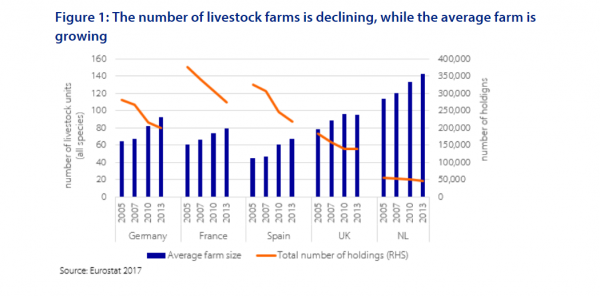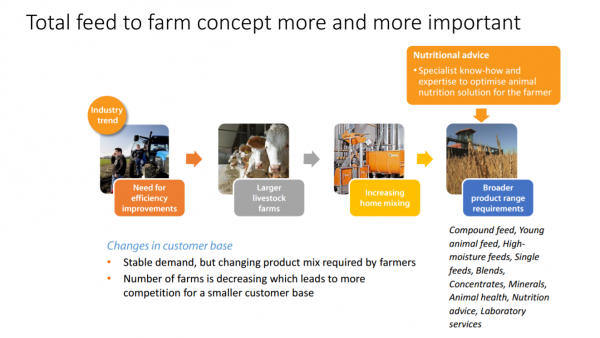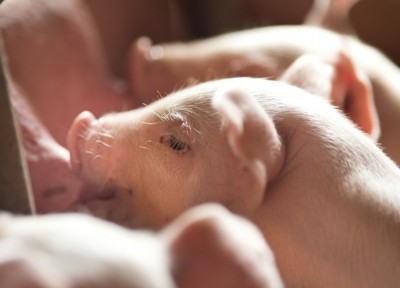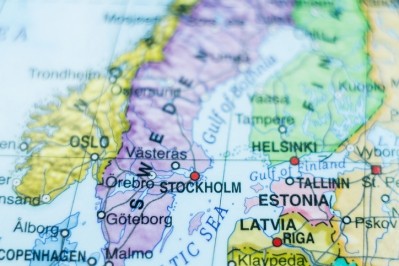Shrinking customer base sees strategic re-positioning by EU compound feed producers

The European compound feed manufacturing industry remains fragmented today, with many independent, medium-sized feed manufacturers, concluded a Rabobank industry note
“The local, medium-sized feed producers range from product specialists, who for example focus on pig feed, to all-round agricultural cooperatives, who operate a combined farm input supply and grain origination model. What these feed players also have in common are largely depreciated assets and a high solvency ratio. Cost-efficiency is a challenge, as operational costs can make a significant margin difference. Sometimes, companies join forces in activities such as purchasing, to benefit from economies of scale and mitigate risks.
“However, the most important advantage—and pitfall—of these local feed players is their strong network of loyal customers in the region, often embedded in a cooperative structure: these feed players’ access to the farmgate is their right to exist.
But what happens when these farmgates eventually disappear?” asks Rabobank.
The analysts stressed that compound feed companies in Europe need to face the challenges of changing product needs head on and build a business model that meets the demand of the farmers of tomorrow.
"Efficient operations are a prerequisite. An opportunity lies in the rise of independent farm advisory services, which support farmers to improve their performance, allowing the local feed specialist to evolve into a trusted farm advisor."
Larger farms, firms must take on greater advisory role
Dirk Jan Kennes, farm inputs sector strategist at Rabobank, told us in terms of the larger farm size trend, the scale is not at the level of the corporate farming model seen in the US or China, as land in Europe is both scarce and costly.
However, with 50 being the average age of farmers in Europe, the outflow of older farmers is not being supplemented with an inflow from the younger generation, and as a result, there is greater concentration of farming locally. “We see farms still being family run but going from 90 cows to 250 cows, certainly not 2,000 cows, in terms of expansion.”
As farms grow a bit bigger, owners need to adapt, and be aware of competition domestically and on international markets, he added. Producers need to gain more knowledge about the productivity of their animals. The increasing trend of on farm feed mixing and farmers installing blending operations on-site opens up opportunities for compound feed companies, he argued.
Some manufacturers have already taken the bit between their teeth and changed direction to take account of the lower volumes and declining number of clients, he said.
“We see companies like ForFarmers which, only 15 years ago was a compound feed manufacturer, now offering extension services; it has become a nutritional service provider, while still continuing to sell compound feed.”
He said some feed makers in countries like Germany, France, Sweden and the UK are leveraging their blending expertise, with the aim of optimizing diets for farmers using feedstuffs derived from either on farm or from third parties.
That diversification model has gone at a much faster pace in Russia and Ukraine where livestock farms are significantly larger than in the EU because land is cheaper in the Baltic States, he added.
Growth model for European compound feed manufacturers: Rabobank
The 15 largest feed manufacturers only produce about one-third of Europe's total annual compound feed. Indeed, in Germany, Europe’s largest feed market, the top ten compound feed producers have a market share of 60%, in a home market with more than 300 competitors, reports German industry association, DVT.









